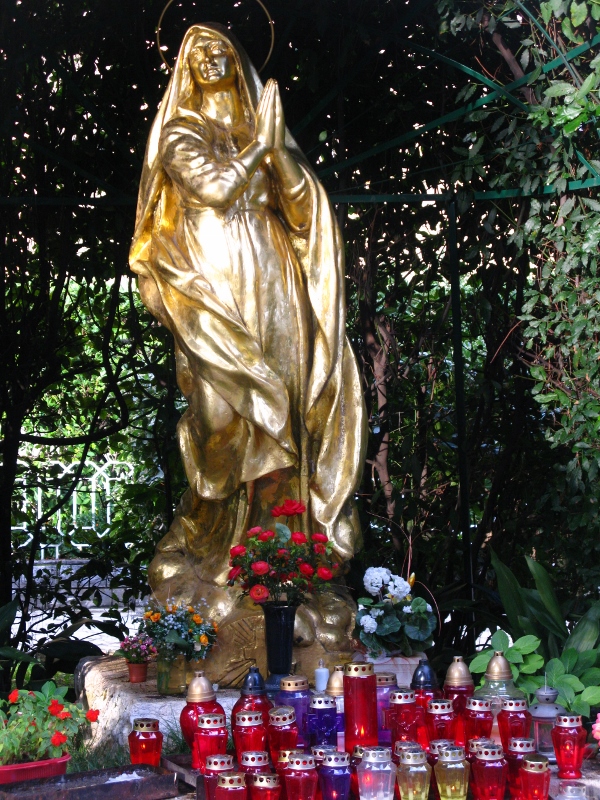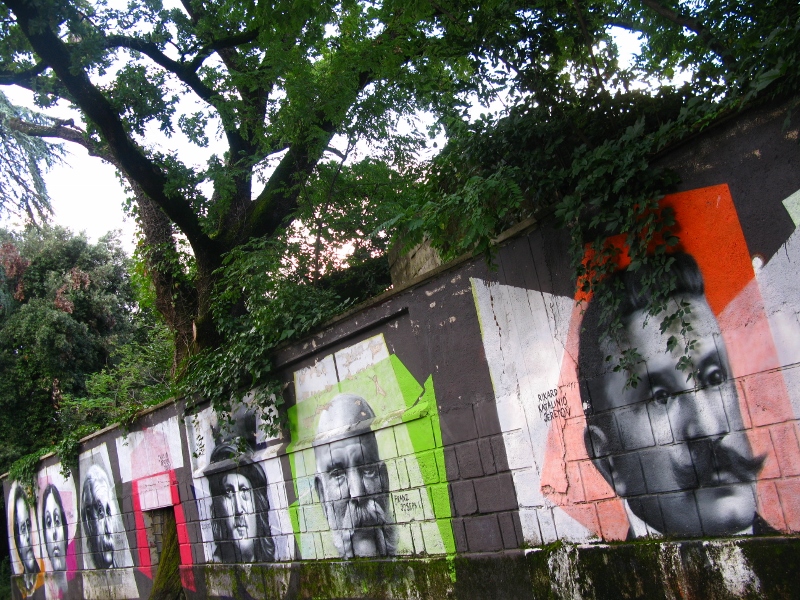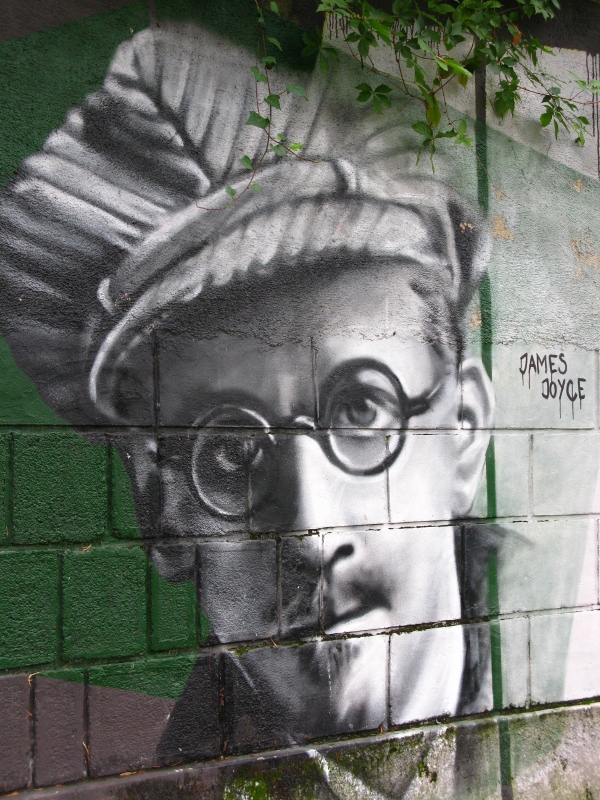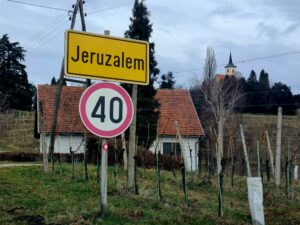In 1963 this drug was released and became astonishingly popular: between 1969 and 1982 it was the most prescribed drug in America, with over 2.3 billion tablets sold in peak year of 1978 … and Leo Sternbach, the man who discovered Valium, was born in Opatija to Hungarian parents. Now, that might certainly explain the air of relaxation about the town, were I to completely discount the fact that it was off-season and what few tourists that were left (with the exception of my good self) were well into their dotage.
Harboured as I was just beside the lungomare, I had ample time each evening to wander the promenade and get a feel for the town. I decided that I would never want to visit at the height of summer. There were just enough tourists around for it to be bearable. I can well imagine that trying to navigate the 12-km stretch of sea-frontage would be nigh on impossible in the summer months. As it was, I had to step aside occasionally to avoid a tour group, but for the most part, it was pleasantly populated. Just enough to make it alive, and not too many to make it uncomfortable.
Like Copenhagen and the little mermaid, or Budapest and the little princess, or Brussels and the mannequin pis, Opatija, too, has its statue – the maiden and the seagull. As the story goes, back in 1891, a certain count Arthur Kesselstadt and his wife drowned at sea. His family erected a statue of Madonna Del Mare on the reef to guard his soul. The original Madonna Del Mare was moved to the Croatian Museum of Tourism in the Villa Angiolina (some say by the Communists, but what would I know…) and a replica placed outside St James´s Church. The Maiden was erected in its place in 1956 (and, to my mind, is a definite improvement) and only recently did people discover who had modelled for sculptor Zvonko Car – a secret that had been kept for 55 years.
Just around the corner, more or less, in one of the many parks to be found in the town, I came across an interesting mural referred to by the guide herding the group in front of me as the town’s pop-art exhibition. It was an odd mix of characters, many of whom I didn’t recognise, either by face or by name, but I was pleasantly surprised to see a likeness to James Joyce amidst them all. Apparently he regularly took tea on the terrace of the Hotel Imperial. That man certainly got around. Other famous guests included Chekhov, Puccini, and a post-tonsillitic Gustav Mahler.
I can see the attraction – the grandeur of the hotels and villas, the fresh seafood, the temperate climate, and the floral-tinged sea air. And while I didn’t see anyone famous during my sojourn, and doubt very much that modern-day Optaija is a refuge for the rich and famous, I thoroughly enjoyed my few days by the sea.










2 Responses
Every time I’ve been to Opatia it’s been in the off season, and I agree – even just a handful of tourists seem to fill the place up. One blustery November morning, when we checked out of the Hotel Imperial (of all places), the desk clerk asked for our signatures in a gigantic, decades old, leather-bound ledger, slammed it shut with an enormous bang (the thing must have weighed 5 kg), and said “thank you for visiting, we’re now closed for the winter”.
It does rather lend itself to that sort of drama 🙂